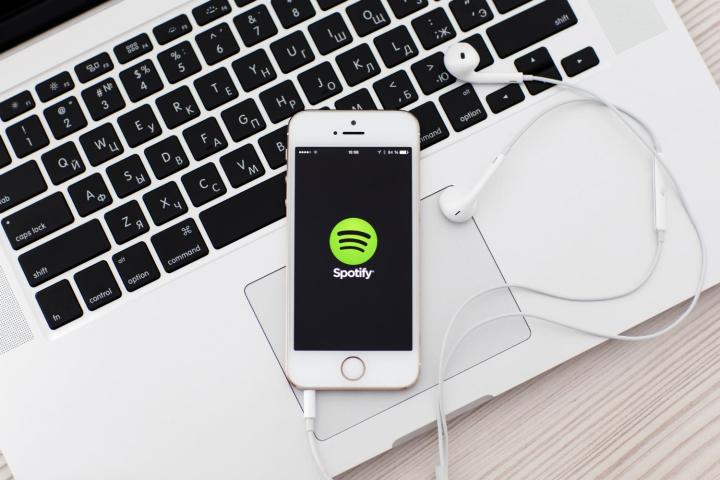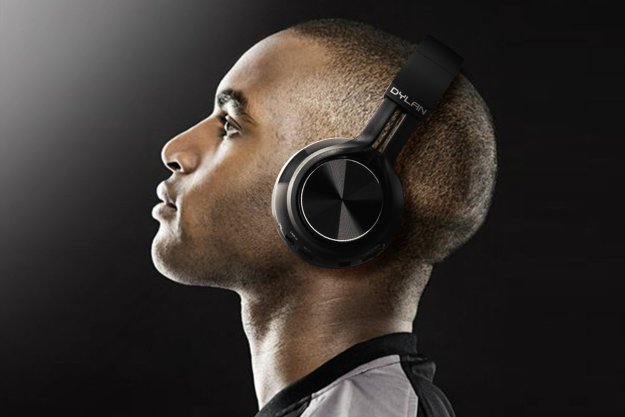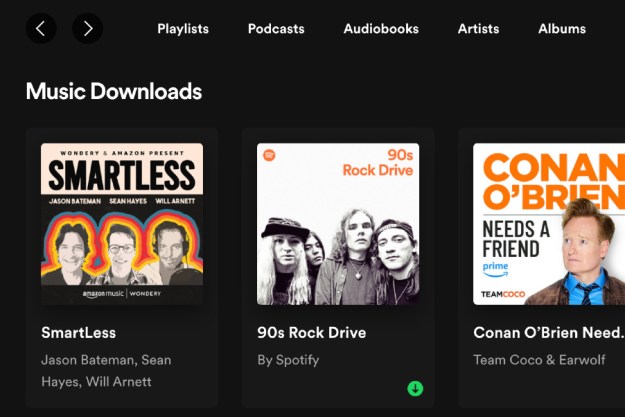
Spotify, the Swedish company synonymous with on-demand music streaming, had a banner year when it comes to mobile streaming. The company announced its mobile advertising revenue grew a whopping 380 percent in this year’s first quarter over the same period last year, according to a Forbes report.
It’s certainly a hopeful statistic for a service which is primarily used by ad-supported users who don’t pay for it, but it’s not one to take at face value. In total, Spotify’s ad revenue grew just 53 percent over last year. That means that mobile was mostly playing catchup to PC ad dollars, becoming a larger portion of the total pie. Growth is always a good thing, but Spotify’s ad-revenue still has a long way to go before the company can become a highly profitable enterprise for all involved as it stands. And the clock may be ticking.
Spotify has two tiers: a free, ad-funded option (often called “freemium”), and a $10 per month subscription option with no ads. Thanks to a massive base of over 45 million users of its ad-free service, Spotify has become the freemium poster-child for the streaming music industry. However, ad-supported streaming provides significantly less royalties than paid subscriptions, and the company has come under scrutiny from high-profile artists like Taylor Swift, who pulled her music from the site, and record labels, which are looking to limit the amount of music accessible on Spotify for free.
Ad revenue has always been a very small portion of Spotify’s income. While we don’t yet have Spotify’s financials from 2014, just 10 percent (around $90 million) was received through ad revenue in 2013, while Premium subscriptions made up 90 percent (over $897 million) of the company’s 2013 revenue. Even after these increases in Q1 2015 ad growth, ad-supported free listening remains a very small portion of Spotify’s revenue.
While both Spotify and advertisers are warming up to more ads on the platform (and rightfully so, considering the 45 million free users), the service will have to dramatically increase its ad dollars if they’re to significantly impact its financial bottom line. For instance, based on the 2013 numbers, ad revenue would have to increase by 10 times, or 1000 percent, to match current premium subscription revenue for Spotify. Now that’s a lot of commercials.
If Spotify wants to become more profitable, the service will need to focus its efforts on either converting free users to paid subscriptions, or finding new users willing to pay. The company’s initial success grew out of good relations with record labels and it will continue to thrive with the assistance of record labels.
But competition is growing — including from Apple’s new subscription-only streaming service, which lands in June — and labels are getting restless. Unless ad-supported streaming can somehow bring in comparable revenue to premium subscriptions (and, as a result, comparable royalties to labels and artists), Spotify may need to find another way to bring home the bacon.


